The "Region of Murcia" is located in the south-eastern part of Spain, located on the Mediterranean Sea between Valencia and Andalusia.
The "Region of Murcia" is located in the south-eastern part of Spain, located on the Mediterranean Sea between Valencia and Andalusia.
Murcia is one of the smallest regions in Spain, 11,300 km2 with almost 1.5 million inhabitants, of which about a third live in the "capital" Murcia.
Spain is the healthiest country in the world and Murcia can boast of being one of the healthiest regions in Spain. The region can also be proud of being one of the best places to live and work in all of Spain.
There is a large iodine content in the air (mostly along the coast) due to salt lakes and sea desalination stations in the northern part of the Mar Menor. Reportedly, it should have a curative effect on a lot of things like arthritis and respiratory problems as well as prolong one's life expectancy. The Mar Menor is Europe's largest saltwater lagoon covering 170 km2. In the northern part of the lake you can take mud baths. The special climatic conditions of the Mar Menor have meant that therapeutic mud has accumulated here over the centuries. The water in the Mar Menor is normally 3-6 degrees higher than in the Mediterranean
Murcia has 274 km of coastline "Costa Calida" (the warm coast) with 185 lovely beaches including the Mar Menor, which is partially separated from the Mediterranean Sea by a 24 km long narrow peninsular called La Manga. This stretch has got the sea of Mar Menor to the west and the Mediterranean to the east.
Due to the good climate, there are also many Golf Courses (Resorts) in the area, most famous is probably the Jack Nicklaus Golf Trail - which is 6 Golf Courses designed by him. They are El Valle, La Torre, Hacienda Riquelme, Signature Alhama and Saurines.
The combination of the Mar Menor and the Mediterranean, makes the area perfect for all types of sports and activities that have to do with water. Windsurfing, diving, snorkelling, sailing, paddle boarding, water skiing, jet skiing, fishing etc.
Murcia also has large areas for hiking in the mountains, either on the coast or inland. It is also known for really good cycling routes, both "off road" and on country and mountain roads and trains.
Murcia's largest source of income is agriculture, primarily citrus fruits, but also lettuce, artichokes, olives, almonds and wine. It has 3 D.O. certified wine regions Jumilla, Yecla and Bullas. Tourism is the second largest source of income.
Finally a few figures regarding the weather:
Average temperature and precipitation statistics (source: AEMET 1971-2000):
Murcia: 18.1 degrees, 293 mm of precipitation (35 days), 3097 hours of sunshine.
For comparison:
Barcelona: 16.5 degrees, 612 mm of precipitation (55 days), 2514 hours of sunshine
Valencia: 17.4 degrees, 445 mm of precipitation (44 days), 2660 hours of sunshine
Malaga: 18.4 degrees, 520 mm of precipitation (43 days), 3015 hours of sunshine
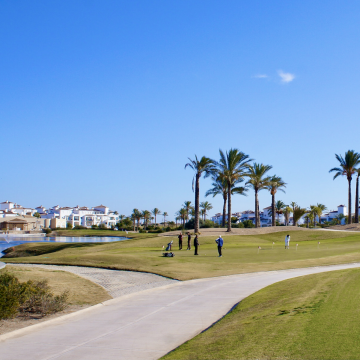
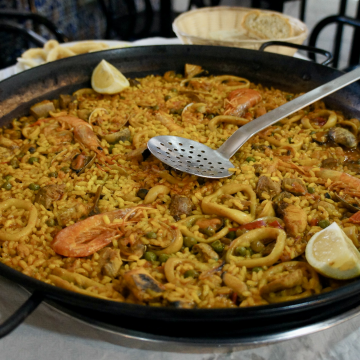
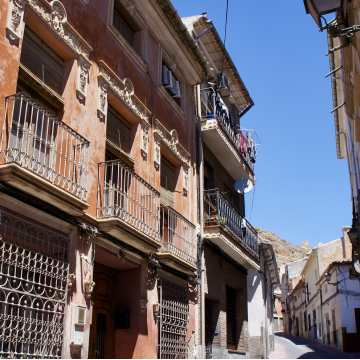
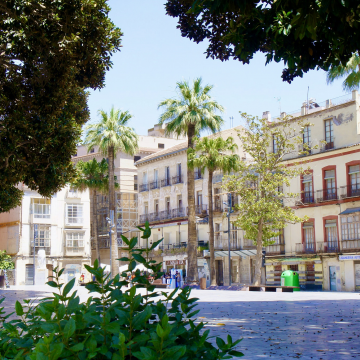
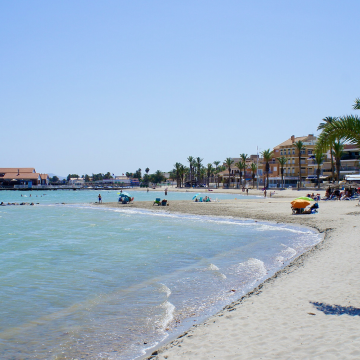
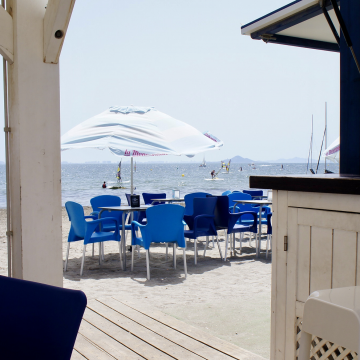
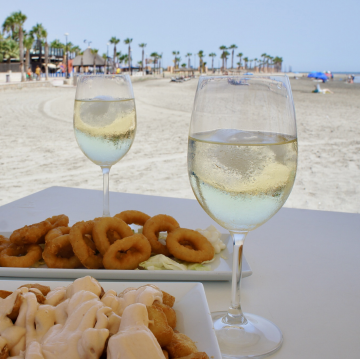

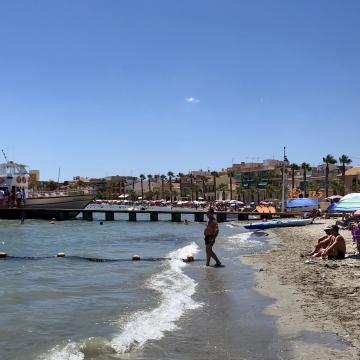
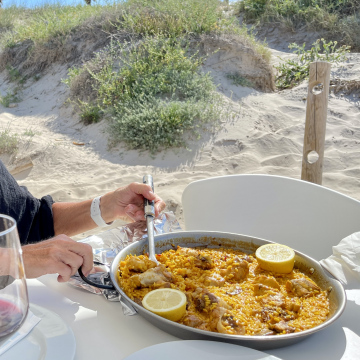
Our Exclusive Team of 6 Industry Professionals with a combined experience of 162 years, all residing in Murcia will ‘ENSURE TO MAKE IT YOUR REALITY’.
